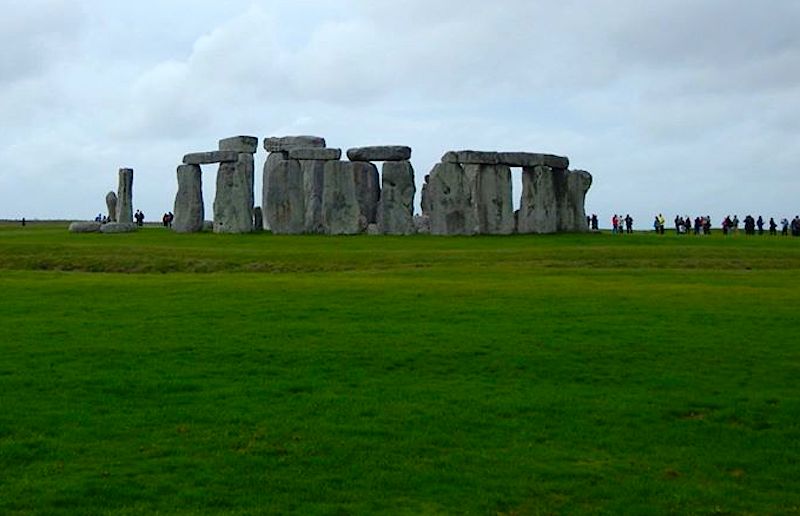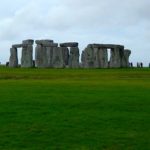
London (TAN): A piece of one of the enormous sarsen stones at Stonehenge has been returned to the monument, English Heritage said.
The stone ‘core’ was removed during archaeological excavations in 1958 and its existence remained largely unknown for the next 60 years. The core may now help to uncover the source of the stones that form the trilithons and outer circle of Stonehenge.
A trilithon is a group of two upright stones and a third across the top.
In 1958, archaeologists raised a fallen trilithon. During the project, cracks were found in one of the vertical stones and in order to reinforce it, cores were drilled through the stone and metal rods inserted. The repairs were masked by small plugs cut from sarsen fragments found during excavations and are very hard to see today.
The work was undertaken by a diamond-cutting company called Van Moppes. Three 32mm holes were drilled horizontally through the one metre thick stone. A Van Moppes employee, Robert Phillips, kept one of the stone cores and gave it pride of place in his office. When Robert left the firm in 1976 and later emigrated to the US, the core travelled with him.
On the eve of his 90th birthday, Robert expressed his desire that this prehistoric fragment be returned to the care of English Heritage. Last year, Robert’s sons, Robin and Lewis, travelled to Stonehenge and presented it to English Heritage curator Heather Sebire.
[ALSO READ: Niagara Falls goes green with all-electric Maid of the Mist ferries]
“The last thing we ever expected was to get a call from someone in America telling us they had a piece of Stonehenge,” said Sebire. “We are very grateful to the Phillips family… Studying the Stonehenge core’s ‘DNA’ could tell us more about where those enormous sarsen stones originated.”
Professor David Nash of Brighton University said: “Archaeologists and geologists have been debating where the stones used to build Stonehenge came from for years. The bluestones have attracted a lot of attention recently, but in contrast little has been done to look at the sources of the larger sarsen stones… Our geochemical fingerprinting of the sarsens in situ at Stonehenge, and of the core itself, when compared with samples from areas across southern England will hopefully tell us where the different stones came from.”
[ALSO READ: Prince Charles sports a kilt as he opens a bed and breakfast in a Scottish castle]
“Our father has always been interested in archaeology and he recognised the huge importance of the piece of the monument in his care. It was his wish that it be returned to Stonehenge. We are all delighted the core has come home, particularly as it is now being used to further important research,” Lewis Phillips said.
“It would be fascinating to know where the other two cores went,” Robin Phillips added.
Whether the other two Stonehenge cores survived remains unknown.




